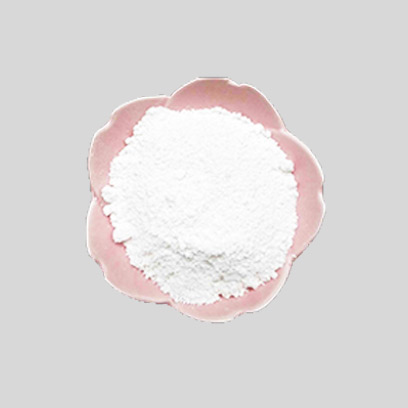
Oct . 19, 2024 19:46 Back to list
titanium iv oxide rutile factories
The Global Landscape of Titanium IV Oxide Rutile Production
Titanium IV oxide, commonly known as titanium dioxide (TiO2), exists primarily in two crystalline forms anatase and rutile. Among these, rutile is the more thermodynamically stable variant and is widely used in various applications, particularly in the manufacturing of pigments, plastics, and cosmetics due to its high refractive index and excellent opacity. The production of rutile titanium dioxide, particularly from titanium IV oxide, has evolved significantly, leading to the establishment of several key factories and industries around the world that cater to the diverse demands of both consumer and industrial markets.
Understanding Rutile Titanium Dioxide Production
Rutile titanium dioxide is obtained through several processes, the most prominent being the sulfate and chloride processes. The sulfate process involves digesting ilmenite ore with sulfuric acid, whereas the chloride process involves the conversion of titanium-containing ores directly to TiCl4. The TiCl4 is then oxidized to produce TiO2 in its rutile form. Among these methods, the chloride process is considered more efficient and environmentally friendly, leading to its increased adoption in modern factories.
Leading Factories and Regions
As the demand for rutile titanium dioxide continues to rise, a number of key players have emerged in the global market. Major producers include companies located in regions rich in titanium resources, such as Australia, South Africa, and China. Australia's Iluka Resources is one of the largest suppliers of naturally occurring rutile, mining it primarily from mineral sands. Similarly, South Africa hosts a number of mines and processing plants focused on rutile production, mainly utilizing the chloride process to transform local ilmenite ores into high-quality rutile titanium dioxide.
China, being the world’s largest consumer of titanium dioxide, has rapidly developed its own production capabilities. It has invested heavily in manufacturing plants that employ the chloride process, allowing for greater output and efficiency. These advancements not only cater to domestic needs but also allow China to become a significant player in the global titanium dioxide market, exporting large quantities to other countries.
titanium iv oxide rutile factories

Environmental Considerations in Production
The production of rutile titanium dioxide is not without its environmental challenges. Historically, the extraction and processing of titanium ores have led to habitat destruction, pollution, and significant energy consumption. However, many factories are now adopting greener practices. Enhanced filtration processes, the recycling of waste materials, and investment in renewable energy sources are some of the strategies being implemented to mitigate the environmental footprint of production.
Market Dynamics and Future Outlook
The titanium dioxide market is influenced by various factors, including fluctuations in demand across industries such as automotive, construction, and consumer goods. As the world moves towards sustainability, the demand for eco-friendly products is increasing. This shift is pushing manufacturers to innovate, explore new techniques, and improve the efficiency of rutile titanium dioxide production.
Future trends may also see advancements in nanotechnology, potentially leading to the development of rutile TiO2 with enhanced properties for specialized applications, such as photocatalysis and solar energy conversion. Moreover, government regulations aimed at reducing emissions and promoting sustainable practices are likely to influence how factories operate in the coming years.
Conclusion
The factories producing titanium IV oxide rutile play a crucial role in meeting the global demand for this versatile compound. As technology and environmental awareness continue to evolve, so too will the methods of production. Through a combination of innovation and commitment to sustainability, the titanium dioxide industry is set to thrive, meeting the needs of an increasingly eco-conscious global market while minimizing its ecological impact. The journey of rutile titanium dioxide production is not just about yielding a product; it represents the intersection of technological progress and environmental responsibility, paving the way for a more sustainable future.
-
China Lithopone in China Supplier – High Quality Lithopone ZnS 30% Powder for Wholesale
NewsJun.10,2025
-
Top China Titanium Dioxide Company – Premium TiO2 Powder Supplier & Manufacturer
NewsJun.10,2025
-
Fast Shipping 99% Pure TiO2 Powder CAS 13463-67-7 Bulk Wholesale
NewsJun.10,2025
-
Top China Titanium Dioxide Manufacturers High-Purity R996 & Anatase
NewsJun.10,2025
-
Lithopone MSDS Factories - Production & Quotes
NewsJun.10,2025
-
High-Quality Titanium Dioxide in Water Suppliers - China Expertise 60
NewsJun.09,2025
